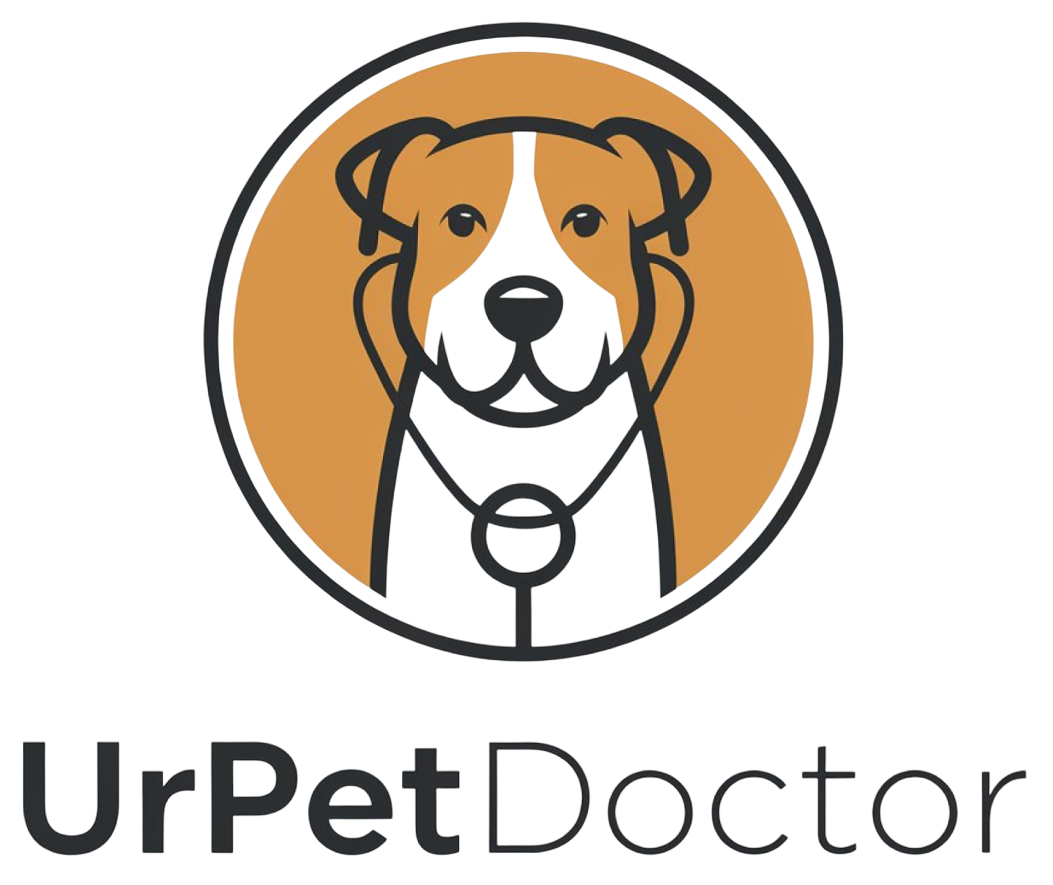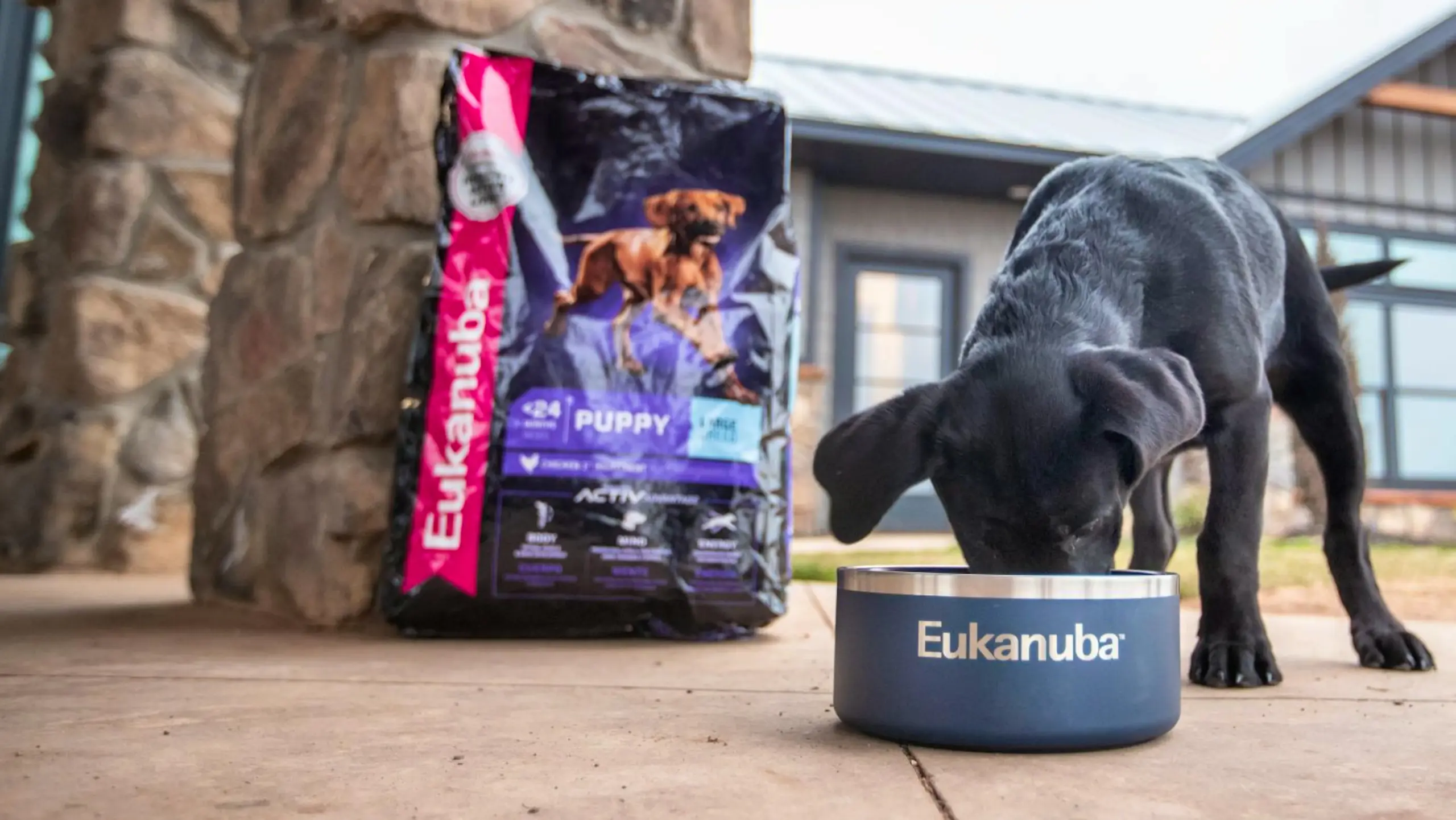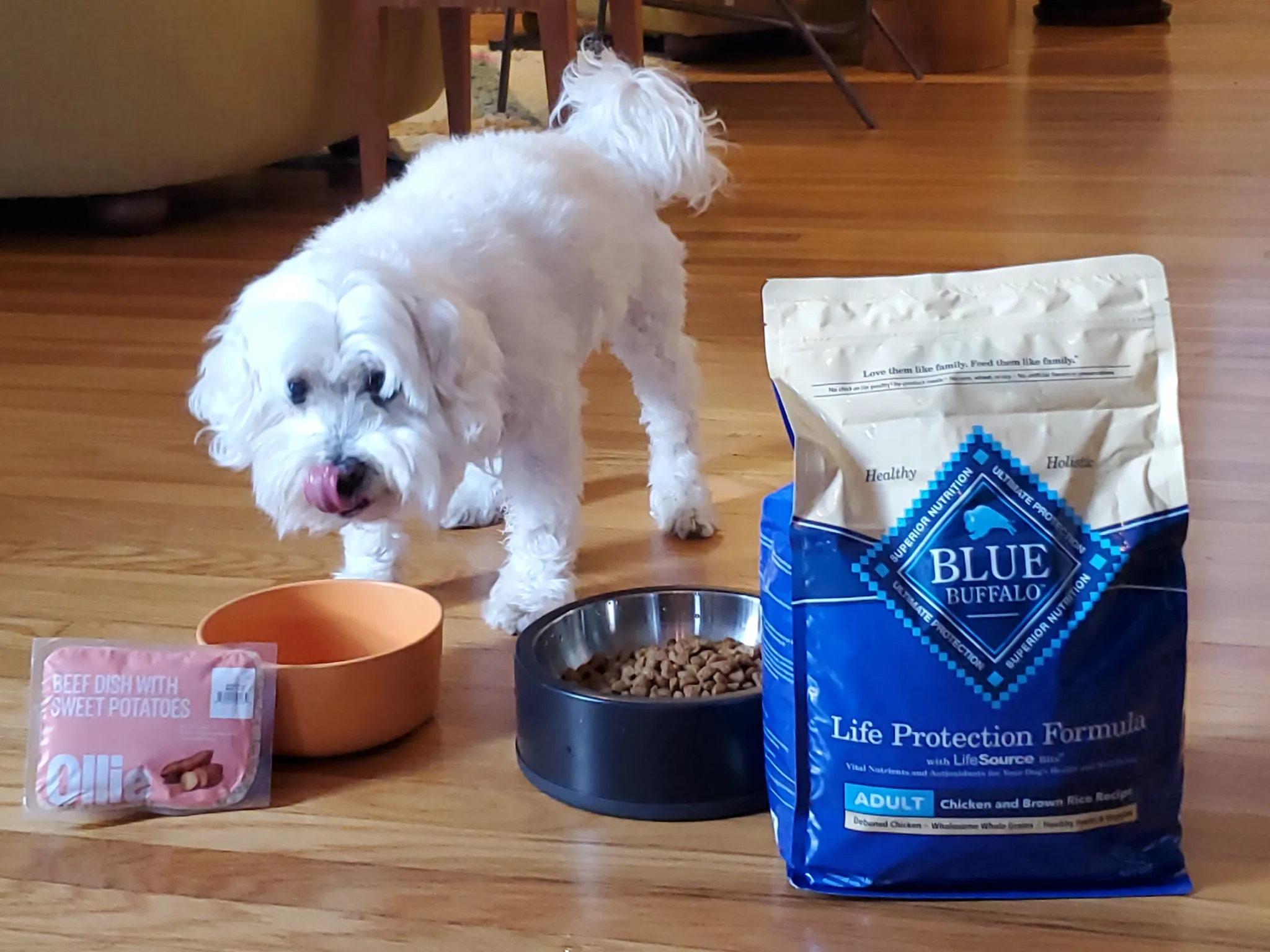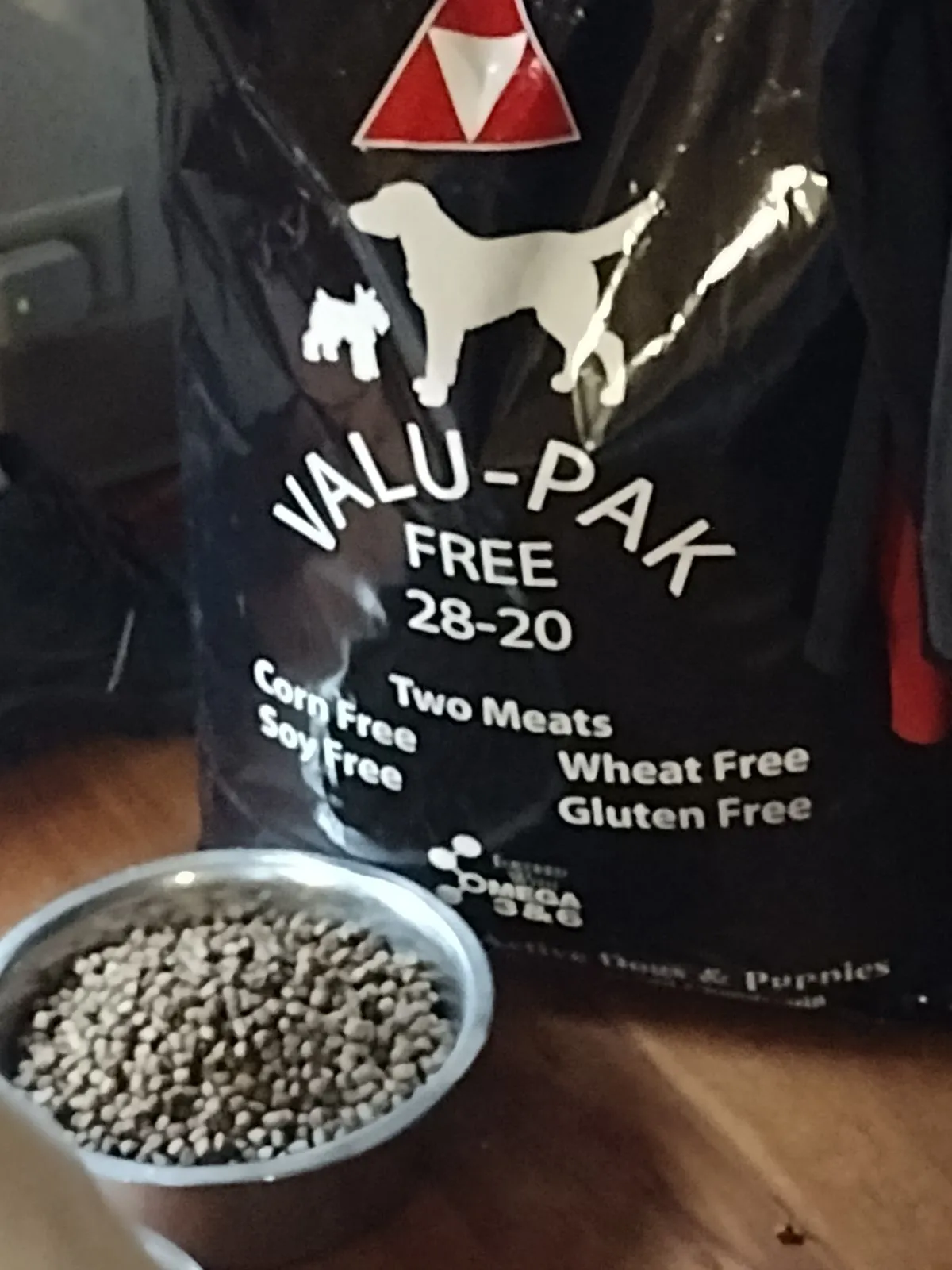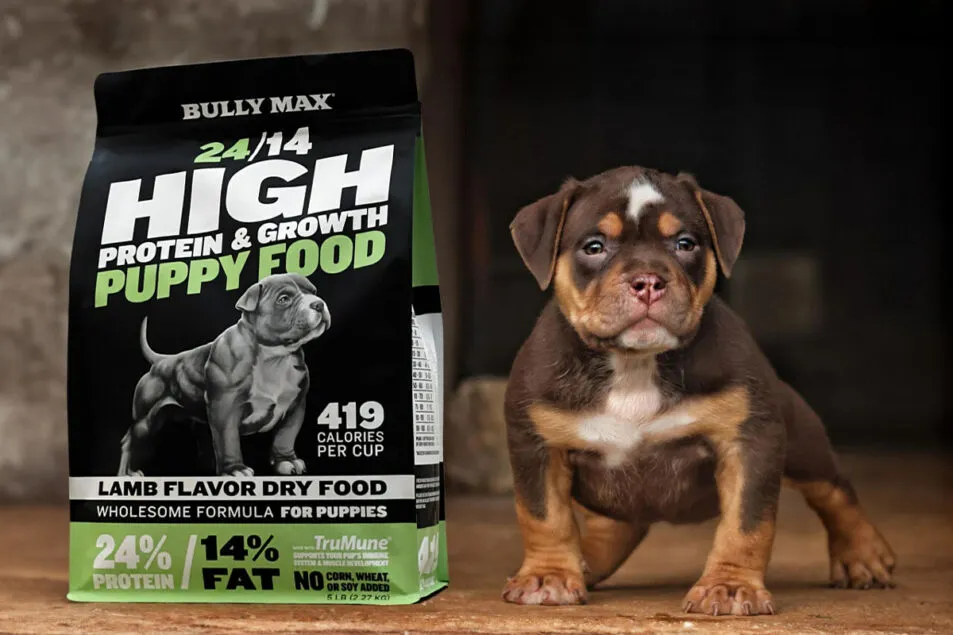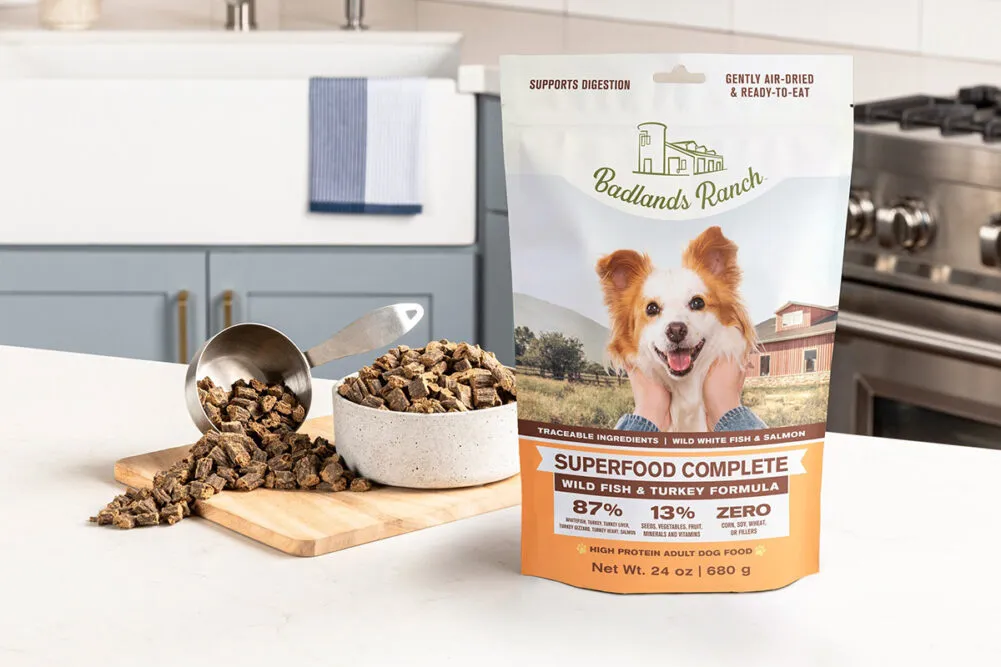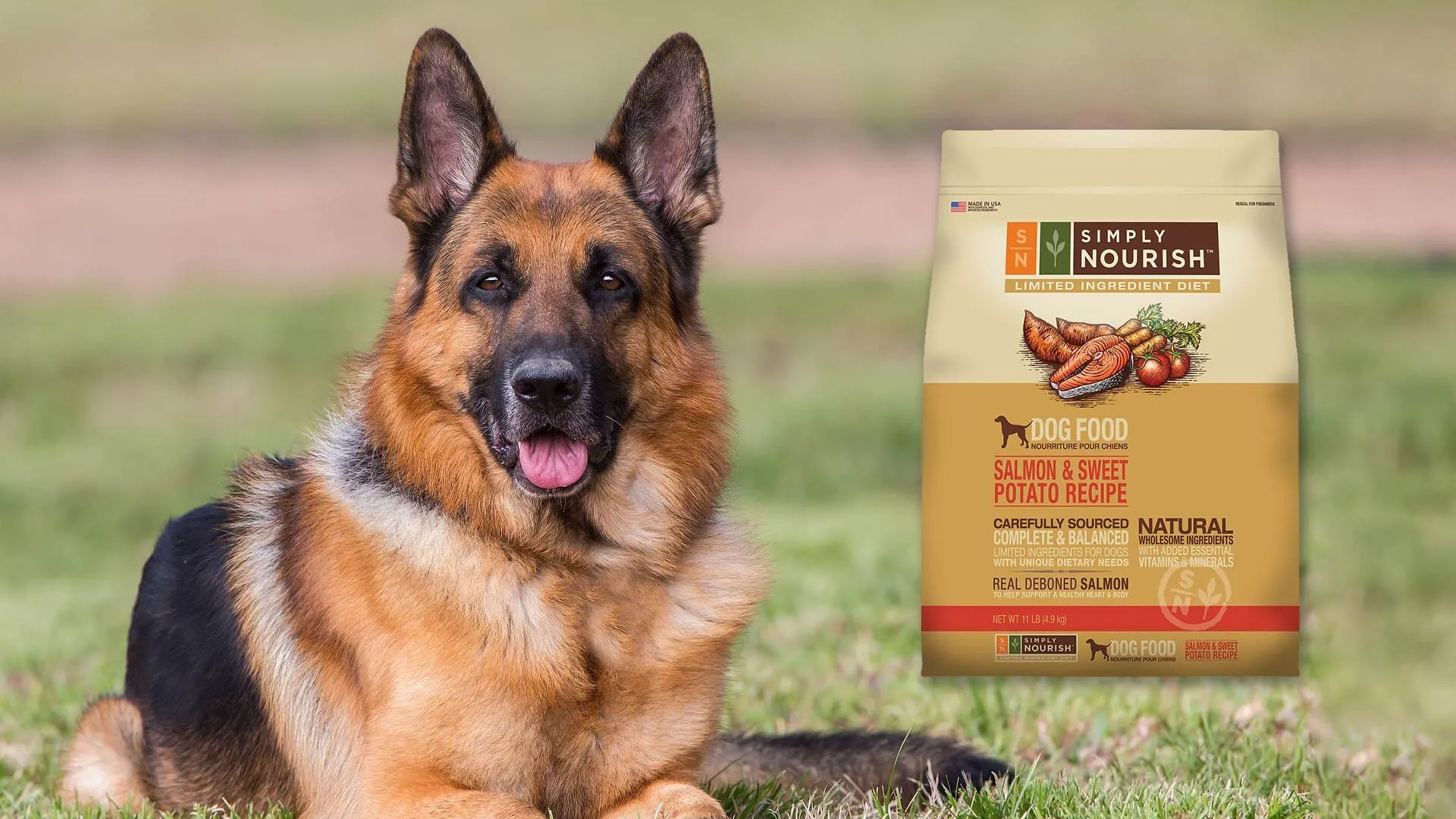The Fresh Pet Dog Food market is experiencing earth-shattering change as more pet owners are asking about the long-term effects of processed Kibble.
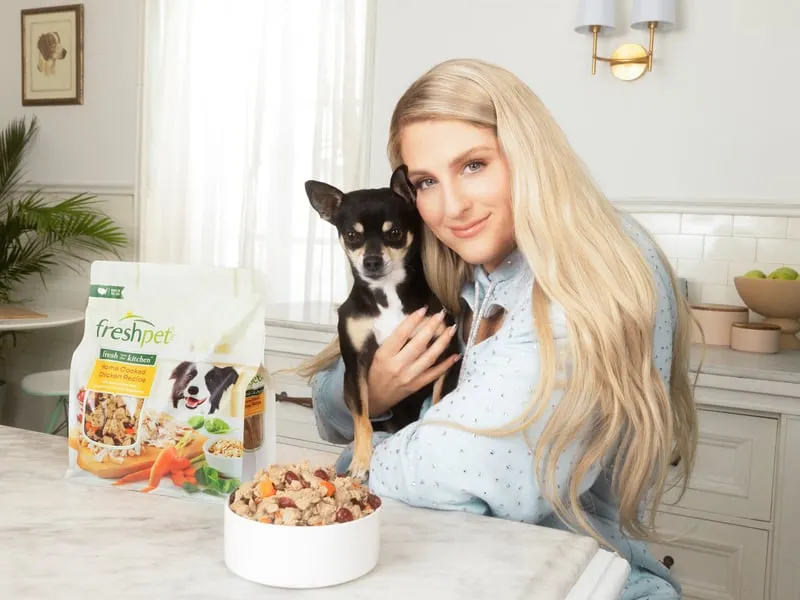
Fresh pet food, using human-grade ingredients and being prepared with the same attention as a family meal, has become the fastest-growing category of pet nutrition.
This movement is something far more than a passing fashion in food; it is a paradigm shift in how we feed our canine friends, combining veterinary science with whole-food philosophy to increase both lifespan and healthspan.
Fresh Pet Dog Food Formulations
Veterinary nutritionists have proven that nutrients that are often lost through high-temperature extrusion in the production of kibbles are still preserved in fresh, gently cooked meals.
Proteins in fresh food make up a mean 90% bioavailability in comparison to 65% in dried food, and raw vegetables have the natural enzymes and phytonutrients intact.
Dogs’ fresh diets have systemic inflammation markers 40% lower than other dogs, a determining factor in ageing and chronic disease in clinical studies at major veterinary colleges.
Such meals also retain the ideal moisture content (70-75% water as compared to 10% in kibble), aiding renal function as well as digestion without the need for artificial hydration supplements.
Ingredient Quality and Sourcing Standards
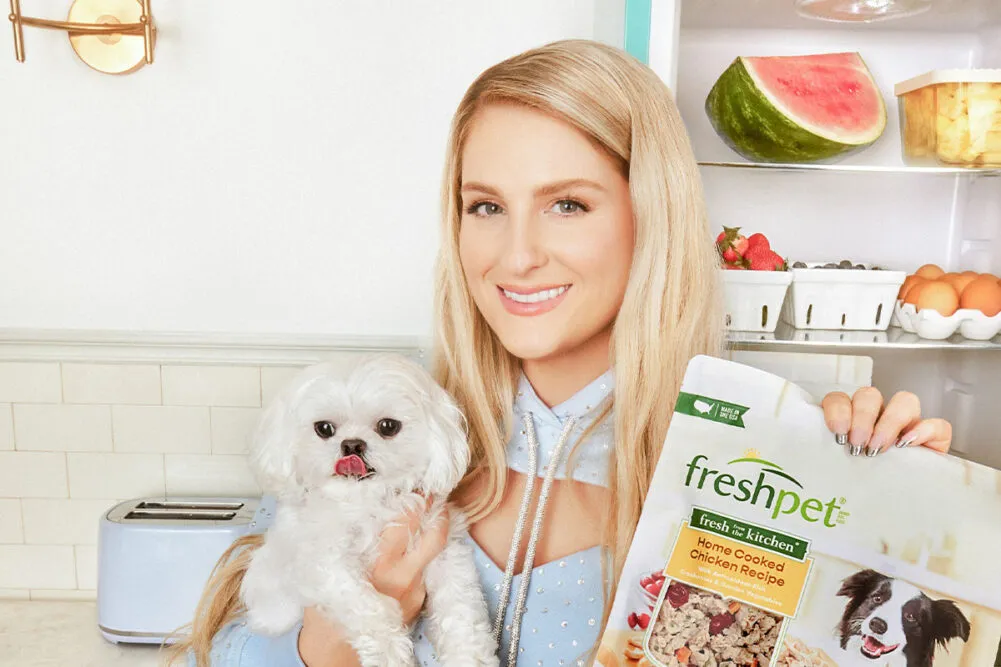
The top fresh pet food brands get their ingredients from USDA-certified animal food facilities, and many of them have turned to regenerative agriculture.
Antibiotic-free, pasture-raised animal products or Marine Stewardship Council-certified products from sustainable fisheries provide the proteins.
Unlike traditional pet food, which is made up of feed-grade ingredients, fresh food contains the same produce that can be found in the stores – organic sweet potatoes, antioxidant-rich blueberries, and omega-3 packed flaxseeds.
Tough testing procedures go beyond the AAFCO by screening each batch for pathogens and nutritional completeness before it arrives at the customers’ doors.
Life Stages and Health Needs Customisation.
The cutting-edge fresh food services use algorithms that take into account the predispositions of breeds and age-specific needs, and individual health concerns.
A Great Dane puppy enjoys greater levels of calcium and glucosamine for joint development, meanwhile a diabetic Schnauzer gets to enjoy low-glycemic ingredients such as lentils and kale.
Some of the services now integrate DNA test results to customise recipes for genetic risk, like an increased level of B vitamins for breeds prone to cognitive decline. This is a quantum leap from the traditional one-size-fits-all approach of pet food.
In Dog Nutrition, the Gut Health Revolution
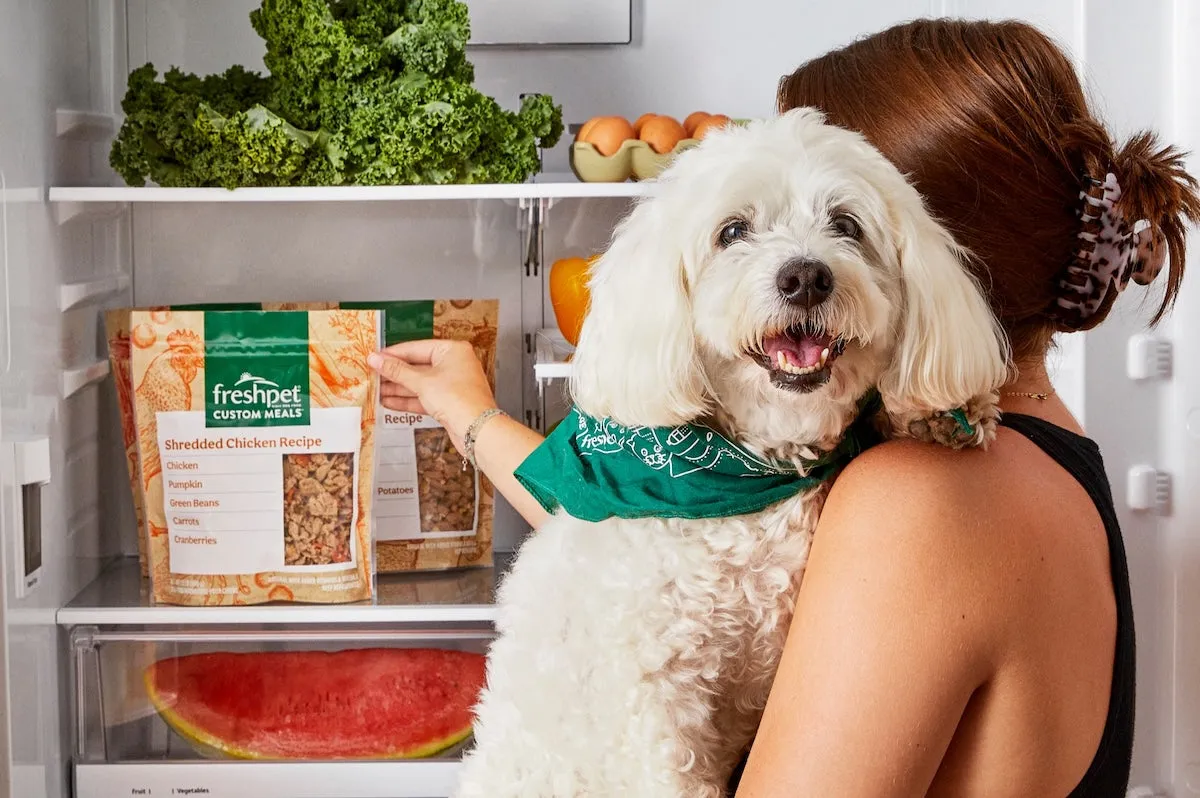
Advanced studies on canine microbiomes have revolutionised fresh food formulations. Various services now contain prebiotic fibres of chicory roots and fermented vegetables to nourish good bacteria in the gut.
Postbiotic metabolites (byproducts of bacterial fermentation that control immunity) are added based on studies in veterinary medicine that indicate reductions in allergy symptoms by 30%.
Certain businesses provide testing kits for microbiomes to add even more personalisation to recipes, and what veterinary gastroenterologists call “the most significant breakthrough in digestive health since the invention of probiotics”.
Packaging Innovations and Sustainability
The fresh pet food industry has been successfully surmounting early challenges with revolutionary packages. Eco-friendly trays for home-composting use from sugarcane fibres instead of plastic boxes nowadays come in a wide variety of sizes.
Phase-change materials do not require refrigeration to keep them safe at temperatures for up to 48 hours, cutting down the carbon footprint of shipping.
Farsighted companies have incorporated nurturing circular systems in which the packaging can be returned, cleaned and reused as many as 20 times, eliminating tons of waste from the dumps on an annual basis.
Schwarm Has a Transition From Kibble to Fresh Food
Veterinarians advise it to take 14 days of gradual introduction of fresh food while reducing kibble to accommodate the adaptation of the gut bacteria. Most dogs are eager for the new diet; however, gold standard indications such as better coat sheen and energy level appear in 3-4 weeks.
Non-expected advantages reported include no more “doggy” odour, clean teeth without tooth cleansing additives and smaller, firmer stools, indicating better nutrient uptake.
In dogs with chronic ailments such as arthritis and skin allergies, therapeutic benefits are usually visible after 60 days of frequent fresh feeding.
Addressing Common Concerns and Myths
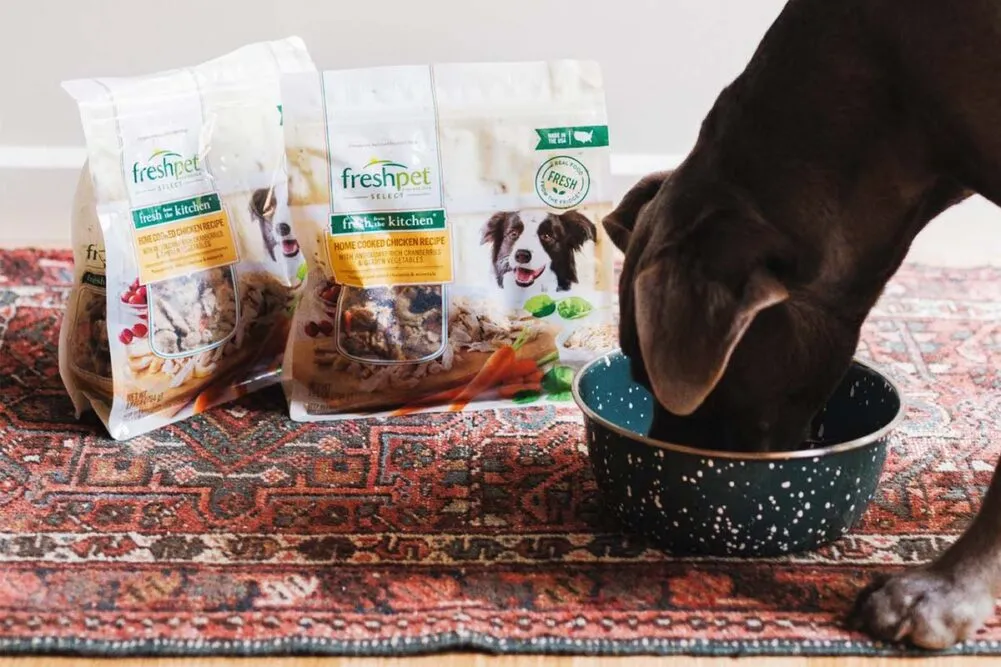
Early detractors had alerted to the dangers of bacterial hazards on fresh foods, yet contemporary HPP and rigid cold-chain logistics have made food processing operations as safe as kibble.
Another myth is that fresh food is not nutritionally whole, being dispelled by AAFCO feeding tests to see how dogs do on properly formulated fresh diets.
Not even the convenience argument holds water when one looks at subscription services that deliver pre-portioned, ready-to-serve meals on a regular schedule.
The final hurdle for the bulk of owners is just an old deceit of over five decades of kibble advertising that had convinced the pet parents that processed food was “complete and balanced”.
The Future of Fresh Pet Food
There is no slowing down the revolution in the sector. Some companies are exploring functional foods containing clinically-proven doses of medicinal mushrooms for the immune system, hydrolysed collagen for joints, and adaptogens for stress reduction.
The next frontier is about personalised nutrigenomics — developing diets according to the DNA results of a dog to reduce breed-specific risks to their health.
Moving forward with regenerative agriculture, there are some services out there now that have carbon-negative recipes that contain ingredients that rebuild topsoil.
As big consortia of pet food giants gobble up fresh food start-ups, what was once a trend for the fringes threatens to reshape what passes for mainstream canine nutritional quality.
Conclusion
Fresh pet food is not just a dietary option: it’s a philosophical change in how we take care of our dogs. By following the same whole food practices we use for ourselves.
We are seeing stunning regenerations in canine vitality, puppies with healthier immune systems, and seniors able to stay more ambulatory far beyond expectations of their age.
As more research finds evidence to back long-term benefits, fresh food is poised to provide what preventative medicine has for people to pets: change the focus from curing disease to holistic maintenance of wellness.
For dogs, such an evolution means brighter years with their favourite humans, and for the owners, an overwhelming sense of happiness that with each meal, they bring happiness.
What is the simple but profound question that the fresh pet food revolution asks us? If we did not eat the highly processed food every day for years, why would we feed such a product to those we love the most?
The solution for an expanding millions of dog owners is to look in a different bowl – and as a consequence, see what’s possible in canine health.
